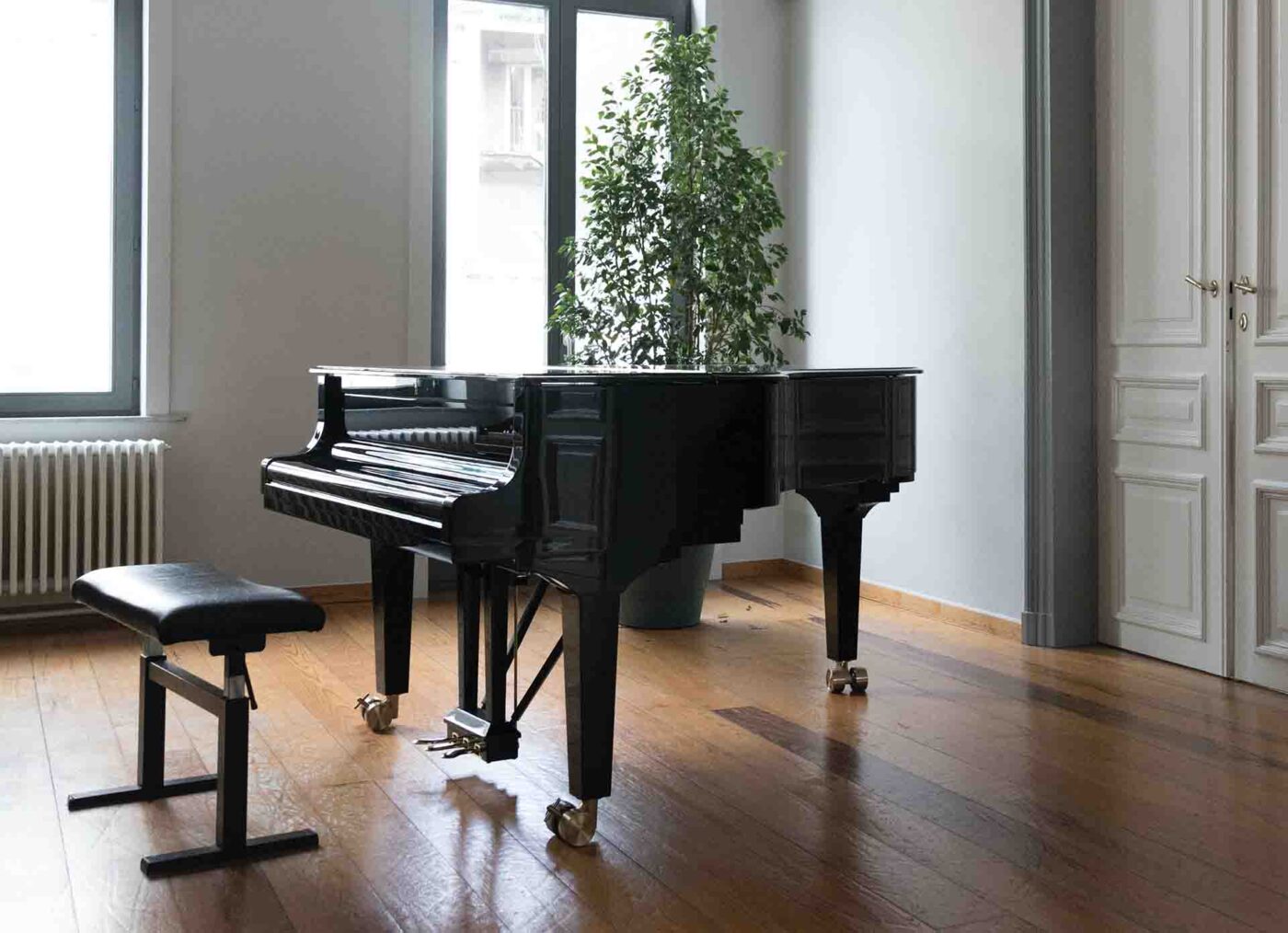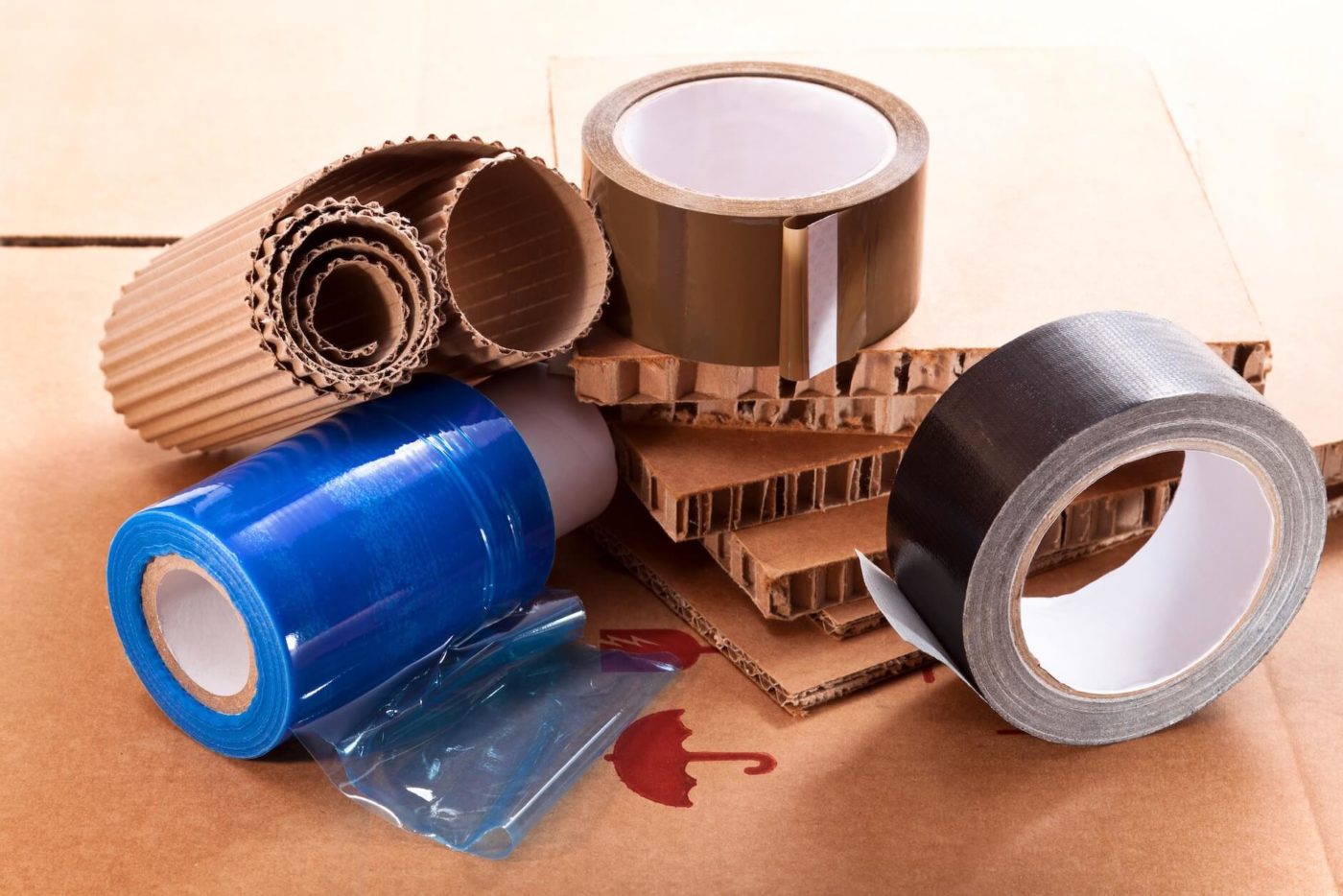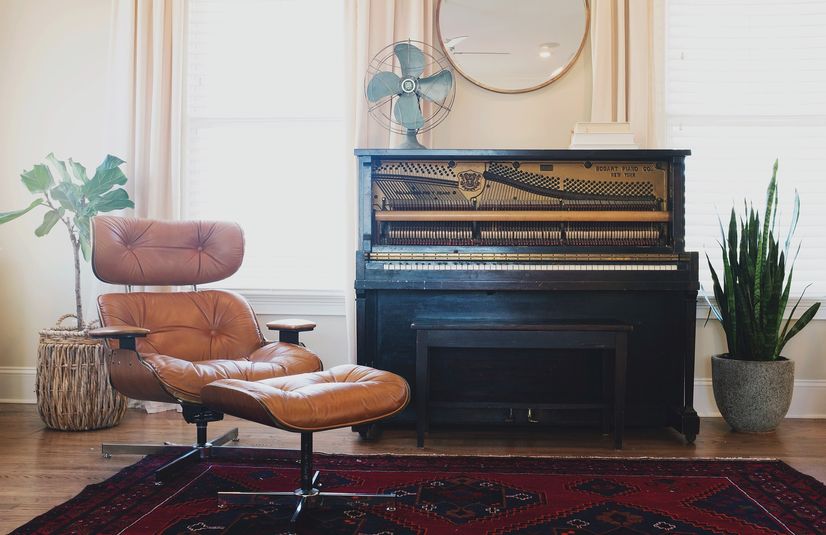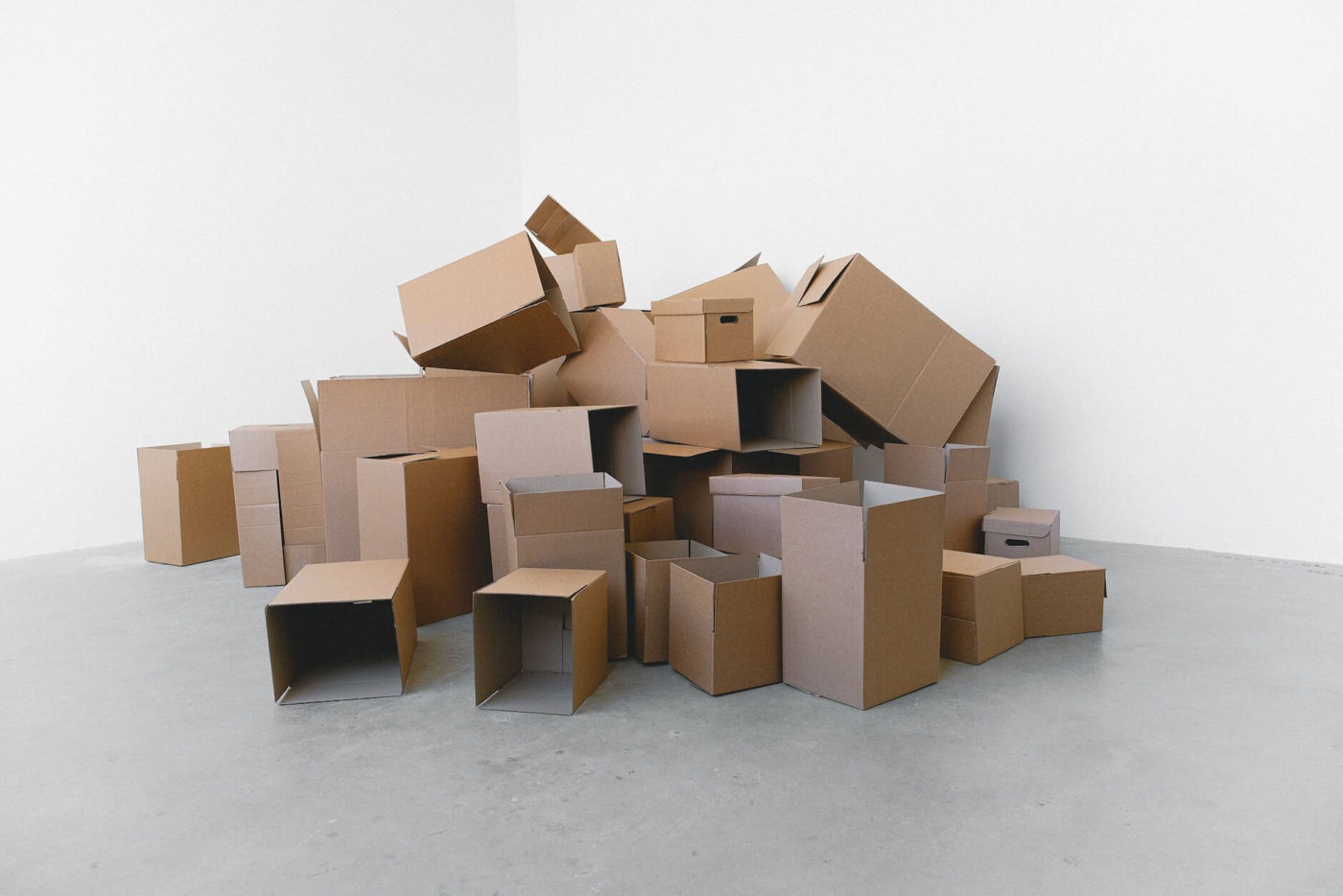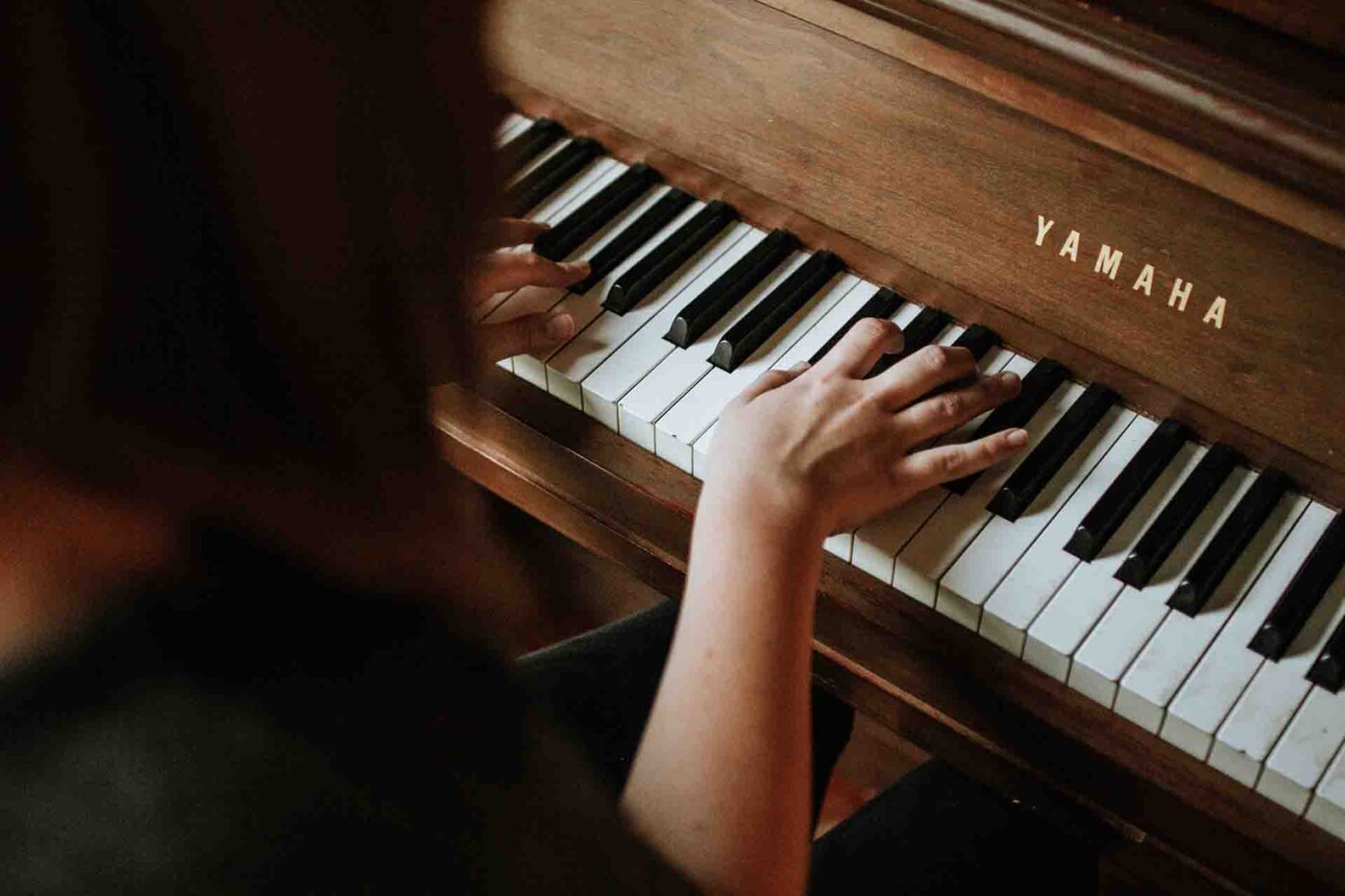How to Move a Piano Once It’s Protected?
First, let’s tackle upright pianos. Once you check that everything has been firmly taped, put your gloves on and hoist the instrument on the dolly. Have one person on each side and make sure that you lift using a proper technique to avoid putting pressure on your back. Carry the instrument carefully to the relocation truck and use the ramp to load it. Leave it on the dolly and use straps to secure it against the wall of the truck. When it comes to unloading, the process will be the same – place the instrument on the ramp and carry it to its designated room.
Unlike upright ones, grand pianos require a skid board. When the legs and pedals have been removed, gently tilt the instrument on the board and secure it with straps. Use a four-wheel dolly and place the instrument on it once tilted. After that, you can move it as you want.
